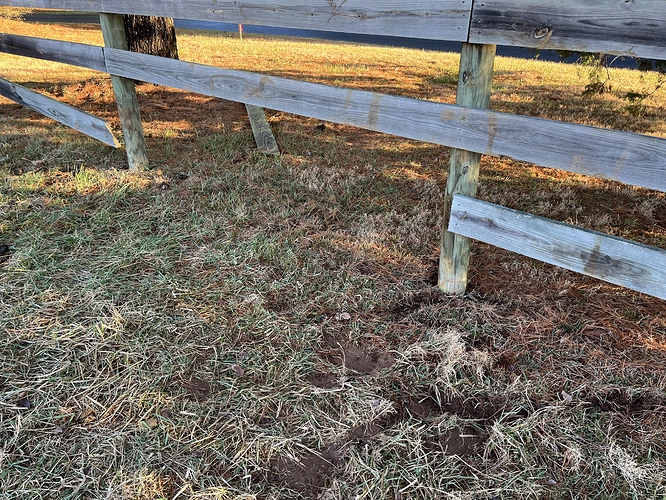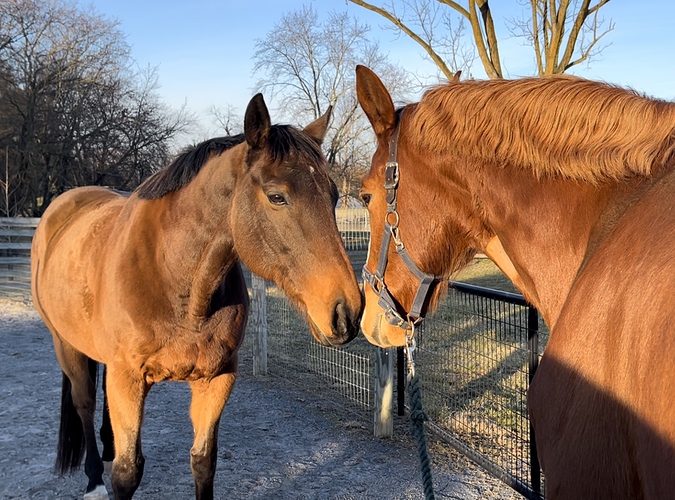The one I identified for the vet during the exam? As I walked him down the clinic aisle I heard him stub his toes on the flat, level concrete every few steps and realized at that moment it was something he always does. If it was the only symptom I wouldn’t have had any concerns.
If you mean the other behaviours, the biggest one was that I see him lose his footing and fall down 2-3 times a year. They aren’t big, dramatic falls that caused injuries - nothing more than the need for a chiropractic adjustment anyway. He’d be running around and his hind feet would get too far from his centre of balance and he’d thump to the ground on his side and immediately get back up. I have zero doubt that he fell when I wasn’t around, and my BO mentioned seeing him fall a few days before the trailer incident last fall.

 - It’s 55
- It’s 55 
 Yes, I should have clarified that when I first saw him all scraped up I was worried he had fallen down or something. Then when I saw the fence from afar I thought maybe he slid/fell through it. But no, I’m pretty sure this one counts as poor decisionmaking. Seriously, he has a whole acre to choose from and that’s where he lies down!?
Yes, I should have clarified that when I first saw him all scraped up I was worried he had fallen down or something. Then when I saw the fence from afar I thought maybe he slid/fell through it. But no, I’m pretty sure this one counts as poor decisionmaking. Seriously, he has a whole acre to choose from and that’s where he lies down!? She talks about it and demos with a normal horse at about 26:45 in this video:
She talks about it and demos with a normal horse at about 26:45 in this video: 